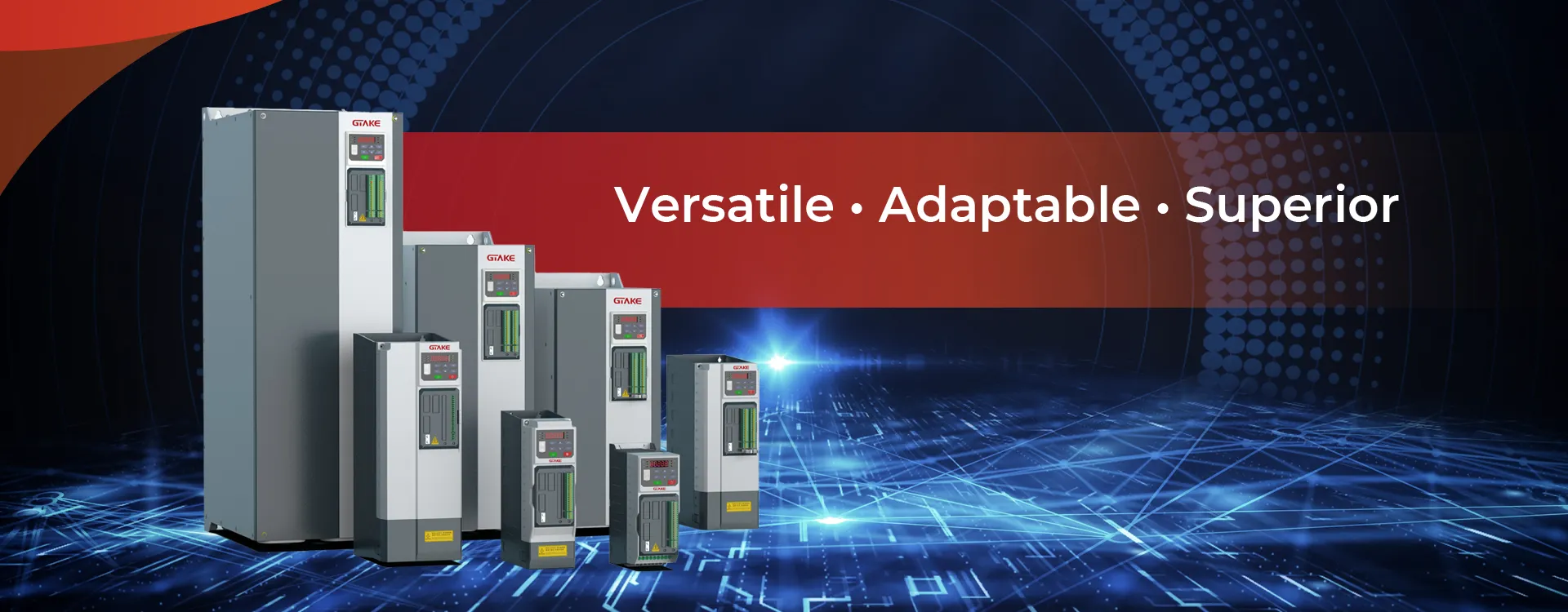High Voltage DC Source: A Comprehensive Guide
A High Voltage DC (HVDC) Source refers to a power supply system that provides a direct current (DC) output at high voltages, typically in the range of several hundred to thousands of volts. High Voltage DC sources are crucial in a wide range of industrial and technological applications, such as power transmission, electrochemical processes, and testing of electrical components and systems.
This guide explores the key concepts, applications, and benefits of high voltage DC sources, along with their working principles and typical use cases.
What is a High Voltage DC Source?
A High Voltage DC Source is an electrical power supply designed to deliver direct current (DC) at a high voltage level. It is typically used when high voltage is required for testing, powering specialized equipment, or in applications like HVDC transmission and electrostatic systems.
These systems are often designed to handle voltages that exceed standard electrical grids, making them essential for specific industries that rely on DC power for efficiency and performance.
How Does a High Voltage DC Source Work?
High Voltage DC sources typically operate by converting low-voltage AC power (from a standard electrical grid) into a high-voltage DC output using various power conversion techniques. Here’s how they generally work:
- AC to DC Conversion:
- The source first receives an AC input from the electrical grid, which is then rectified to DC using a rectifier (such as a diode or thyristor-based rectifier). This converts the alternating current (AC) to direct current (DC), providing the first stage of conversion.
- Step-Up Transformer (Optional):
- If the system needs to achieve higher voltage levels, a step-up transformer is used to increase the AC voltage before rectification. This is especially important when working with very high voltage applications.
- High Voltage DC Regulation:
- Once rectified, the DC voltage is regulated using voltage controllers or switching regulators to ensure the output remains stable even with fluctuations in the input voltage or load demands. This is crucial for applications requiring precise and consistent high-voltage output.
- Output Voltage Control:
- High voltage DC sources often include feedback control loops that adjust the output voltage based on load variations. These feedback systems help maintain the desired output level, improving the stability and performance of the system.
- Current Limiting:
- These sources usually feature current limiting capabilities to prevent the system from being overloaded. The current is regulated to ensure the device or system being powered does not exceed the rated current capacity, which could lead to overheating or component failure.
Applications of High Voltage DC Sources
High Voltage DC sources are widely used in several industries and applications, where high-voltage DC is essential. Some of the common uses include:
- Power Transmission:
- HVDC (High Voltage Direct Current) transmission systems use high voltage DC to transport electricity over long distances with minimal energy losses. Unlike AC transmission, HVDC systems can efficiently transfer power across large distances without the need for frequent voltage step-ups or downs. HVDC transmission systems are commonly used in offshore wind farms, intercontinental power connections, and large-scale electrical grids.
- Electrochemical Processes:
- High voltage DC is crucial in electrochemical processes, including electrolysis, where the current is passed through a liquid (typically water or molten salts) to cause a chemical reaction. Applications include electroplating, electrosynthesis, and chlor-alkali processes.
- Testing Electrical Components:
- High voltage DC sources are often used in the testing and validation of electrical components, such as transformers, insulation materials, circuit breakers, and switchgear. These tests simulate real-world operating conditions, helping to ensure components can handle extreme voltage levels without failure.
- High Voltage DC Power Supplies for Research:
- In laboratories and research institutions, high voltage DC sources are used in scientific experiments involving particle accelerators, high-voltage capacitors, and vacuum systems. These sources provide precise and controllable high voltage for various experiments.
- High Voltage Insulation Testing:
- High voltage DC is used for testing the insulation of electrical systems, cables, and devices. By applying a high-voltage DC test, the insulation’s ability to withstand stress without failure can be determined, ensuring the safety and longevity of electrical systems.
- Electrostatic Systems:
- Electrostatic precipitators and electrostatic discharge (ESD) testing systems require high-voltage DC power to charge or discharge particles or devices. For example, electrostatic precipitators in power plants use high-voltage DC to attract dust and particles, improving air quality by removing harmful pollutants.
Types of High Voltage DC Sources
High voltage DC sources can vary based on their design, output capabilities, and specific applications. Some of the key types include:
- HVDC Power Supplies:
- Used for industrial applications that require a consistent high-voltage DC output, typically in the range of 100V to several thousand volts. These are used in power electronics and research applications.
- Regulated High Voltage DC Power Supplies:
- These power supplies provide precise voltage regulation, ensuring stable output under varying load conditions. They are widely used for laboratory testing and scientific research.
- High Voltage DC Battery Testers:
- Used for testing batteries that require high DC voltage, such as lithium-ion and lead-acid batteries. These testers ensure the performance, lifespan, and safety of high-voltage battery packs.
- High Voltage Capacitor Charging Supplies:
- These specialized power supplies are used to charge large capacitors for applications such as high-energy physics research, pulsed power systems, and medical equipment.
- Solid-State High Voltage Power Supplies:
- These power supplies use solid-state components (e.g., transistors, diodes) to produce high voltage DC. They are more efficient and reliable compared to older technologies such as vacuum tube-based designs.
Benefits of High Voltage DC Sources
- Energy Efficiency:
- High voltage DC systems are more energy-efficient, particularly for long-distance transmission and applications involving large-scale machinery. By minimizing transmission losses, these systems help optimize energy consumption.
- Improved Stability:
- High voltage DC sources offer excellent voltage regulation and stability, ensuring that connected systems and devices operate consistently without voltage fluctuations.
- Compact Design:
- Modern high voltage DC sources are designed to be compact, integrating various components into a single unit, making them easy to install and maintain.
- Enhanced Safety:
- These sources are equipped with current limiting and overload protection features, which help prevent system damage in case of faults. Safety features are also incorporated to prevent electrical hazards.
- Precise Control:
- High voltage DC sources allow for precise control of output voltage and current, which is essential for testing, experimentation, and industrial processes.
Conclusion
High Voltage DC sources are critical components in various industrial, research, and technological applications that require high-voltage direct current for optimal performance. From HVDC transmission to electrochemical processes and insulation testing, these power supplies provide reliable and efficient solutions for industries that rely on DC power.
By understanding the principles, applications, and types of high-voltage DC sources, you can make informed decisions about which type of power supply best fits your specific needs. Whether you’re working in power transmission, industrial testing, or scientific research, a high voltage DC source ensures that your systems and experiments run smoothly and efficiently.

